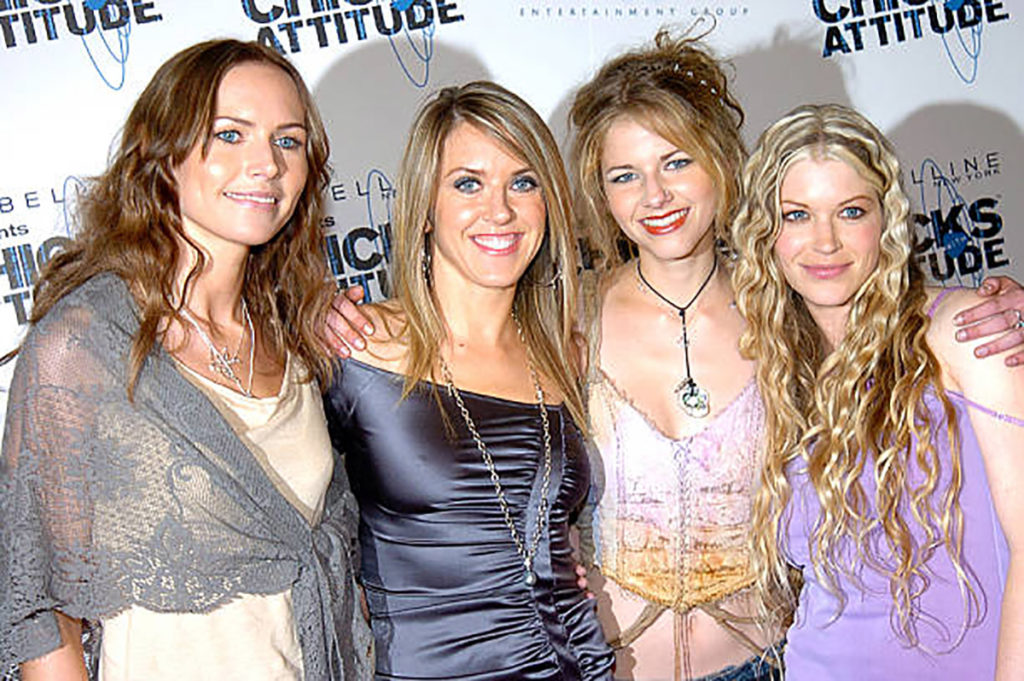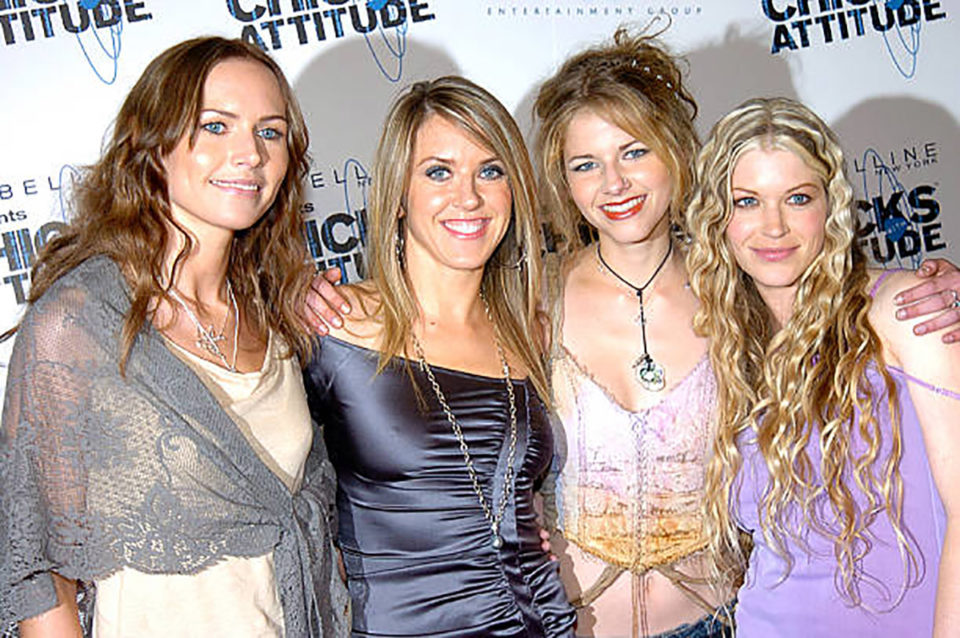By Gilbert Garcia
San Antonio Current, August 5, 2004

In 1969, when Bob Dylan released a collection of slick, country tunes called Nashville Skyline, many critics were dumbfounded. How could the poet of his generation – at a time of domestic turmoil unrivaled since the Great Depression – feel content to bestow Hallmark card love songs on the counterculture?
The argument Dylan made was that the simple romantic of Nashville Skyline was the true Dylan, that it represented him more honestly than its predecessor John Wesley Harding, on which he felt compelled to appear poetic and profound.
A year ago, when Liz Phair released her self-consciously commercial, self-titled fourth album, the reaction was even more hostile than the one Dylan encountered. Like Dylan, though, Phair calmly countered cries of “sellout” by insisting that this was the album she’d always wanted to make. Phair suggested that the foulmouthed, indie-princess of 1993’s monumental Exile in Guyville had been a conformist, bending to the expectations of the underground-rock scene.
The most remarkable thing about Phair’s cause celebre is the fact that people got stirred up enough to feel betrayed. After all, when you look at the critical slams for Liz Phair, most of them insist on comparing it to Exile, an album released a full 10 years earlier. The two albums Phair released in the interim – 1994’s Whip-Smart and 1998’s whitechocolatespaceegg – were rarely noted.
Obviously, much of Phair’s initial fan base had jumped off the bandwagon long before last year. Record sales only bear this out: Exile sold more than 400,000 on an indie label (Matador), despite minimal airplay, while whitechocolatespaceegg got a strong marketing push from a major label (Capitol), yet spent only nine weeks on the charts and stalled at 270,000 copies.
Another reason why the rock media’s sense of outrage felt disingenuous was that Phair’s courting of mainstream success did not begin last year. Those put off by the cheesecake photos she used to promote Liz Phair might have forgotten the 1994 Rolling Stone cover photo of her in a baby-blue slip, or the coy, bouncing-on-a-bed shot of her posterior inside Whip-Smart. They probably forgot her enthusiastic participation in the 1998 Lilith Fair tour, her 1999 Calvin Klein magazine ad, or her 2001 holiday Gap commercial appearance (warbling Supertramp’s “Give A Little Bit”).
Like a lot of recording artists in her age group, Phair, 37, apparently saw little hope for her music on radio and looked to commercials, movie soundtracks and package tours to enhance her name recognition. Going into the making of Liz Phair, she had to see the predicament of her situation: Her core audience was long gone, and a bigger new audience did not appear forthcoming.
To fully assess the Liz Phair album, you have to consider both the process and the results. The process, by any reasonable reckoning, is troubling. In 2001, Phair talked with JamTV about new material that was “beautiful, dark stuff” and around the same time, Pete Yorn – who helped produce and arrange a few tracks for her – gushed: “The new stuff is kind of a return to Exile in Guyville.” This does not sound like the album Phair wound up making.
Phair submitted songs to then-Capitol president Roy Lott, who complained that they needed more accessible verse-chorus-verse structures. At Capitol’s urging, she was teamed with The Matrix, the three-headed hit machine behind Avril Lavigne. They pushed hard to make her choruses simple – and simple-minded. The most prominent example of their bulldozer caress can be found on “Favorite,” in which Phair coos: “You feel like my favorite underwear and I’m slipping you on again tonight.” Last year, in an interview with Billboard, Phair said, “That chorus makes me choke a little. The Matrix fought really hard, and they won.”
Once you get past the depressing thought of a gifted songwriter being strong-armed by hacks into singing such pathetic come-ons, the album itself is hardly the abomination that its greatest attackers claimed. “Extraordinary,” with its hard-to-resist, “average-everyday-sane-psycho-supergoddess” hook, is pure-pop without apology. And even with a semi-lobotomized chorus (a recurring problem on this album), “Rock Me” scores with its depiction of Phair hooking up with an uncomplicated younger guy. Phair is also justified in her complaints about the elitism of the indie-rock scene, which tends to discount even the best pop music while championing marginal cult figures.
Liz Phair has spawned a hit single (the Avril-aping single “Why Can’t I?”) and sold marginally better than whitechocolatespaceegg, but it’s been neither the breakthrough she hoped for, nor the complete flop her critics predicted. Now, she finds herself headlining the Maybelline-sponsored, dubiously dubbed “Chicks With Attitude” tour, joined by the Cardigans, teen singer-songwriter Katy Rose, and the Tori Amos-influenced Charlotte Martin.
A year ago, Phair argued that her album “represents me trying to get the voice of an authentic woman where young girls will hear it.” For all the record’s musical appeal, it comes off more like an “authentic woman” jumping through industry hoops in a desperate attempt to get within earshot of young girls. And that can’t be what Phair had in mind.
Featured Image: Nina Persson, Liz Phair, Katy Rose, and Charlotte Martin (Photo: Theo Wargo)








